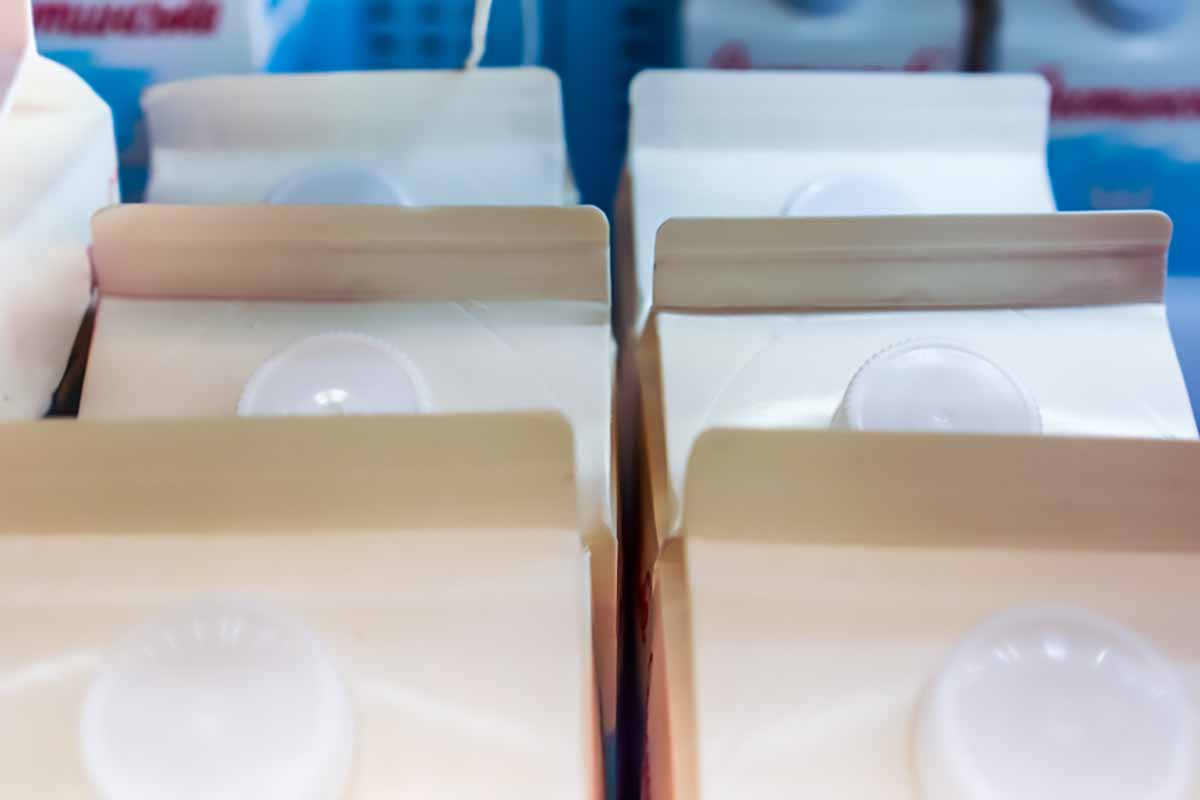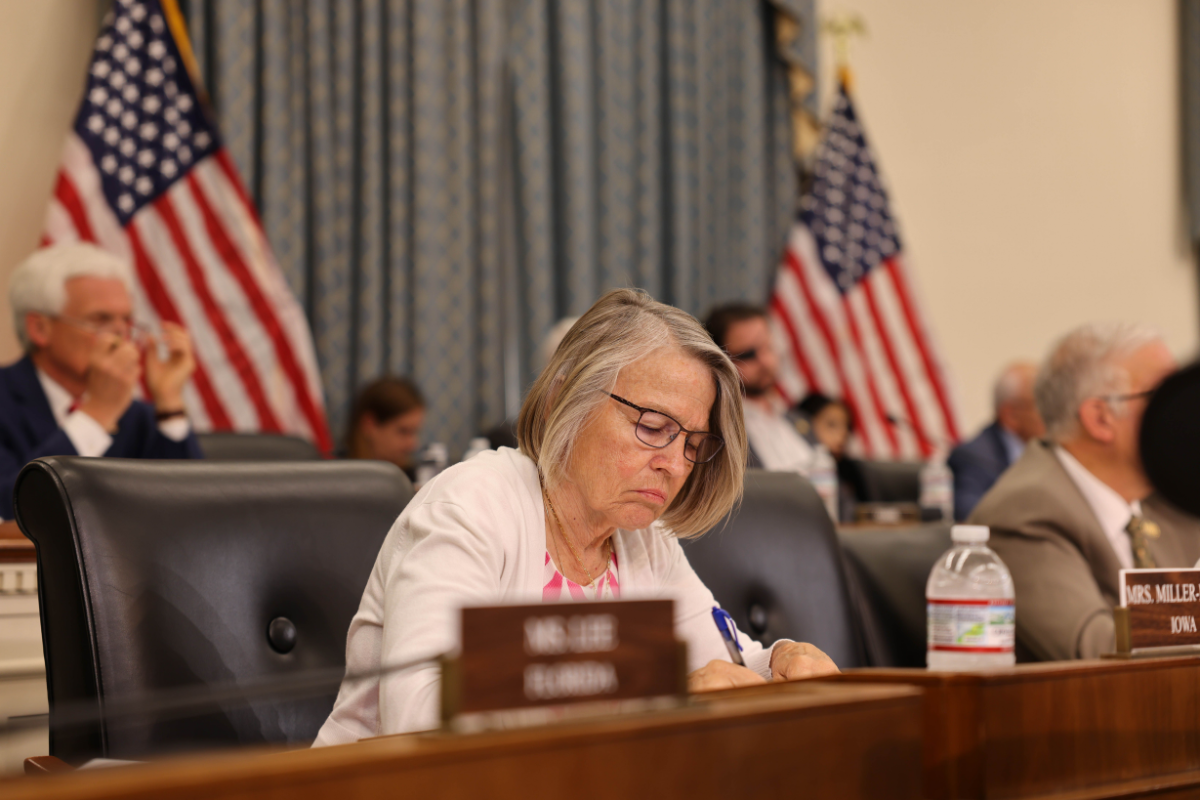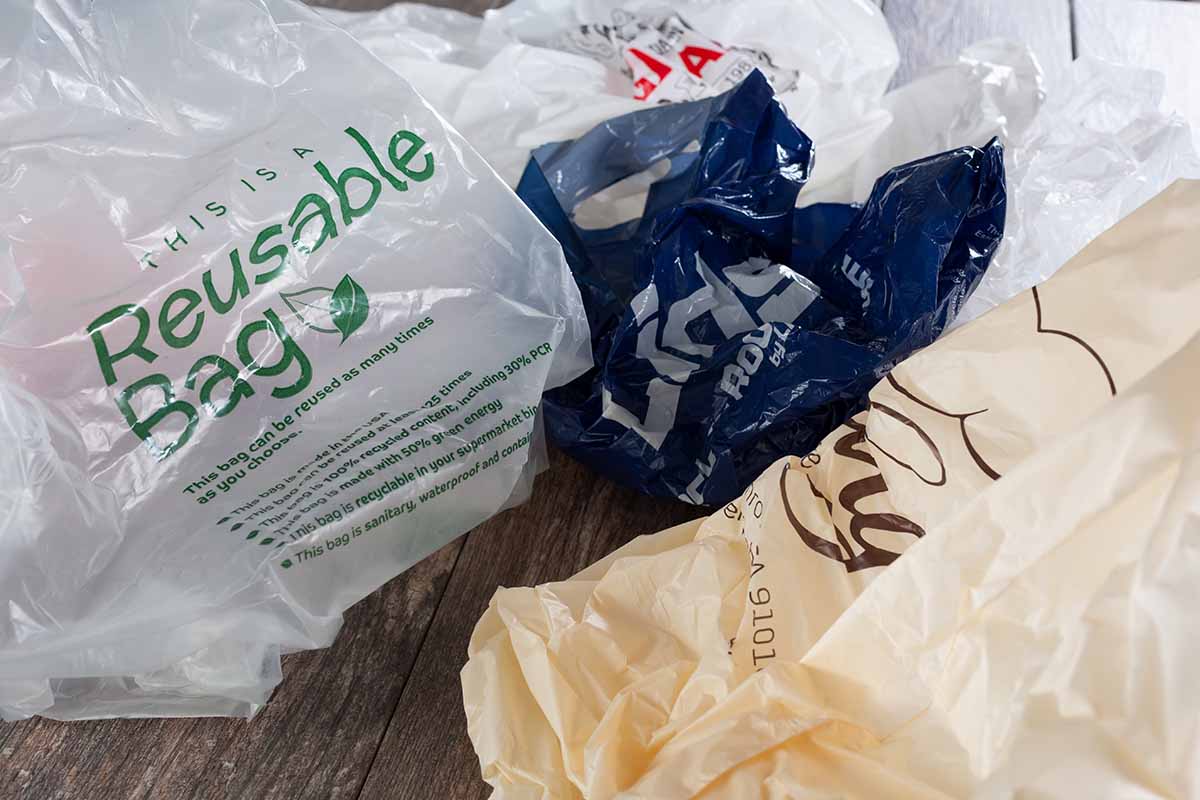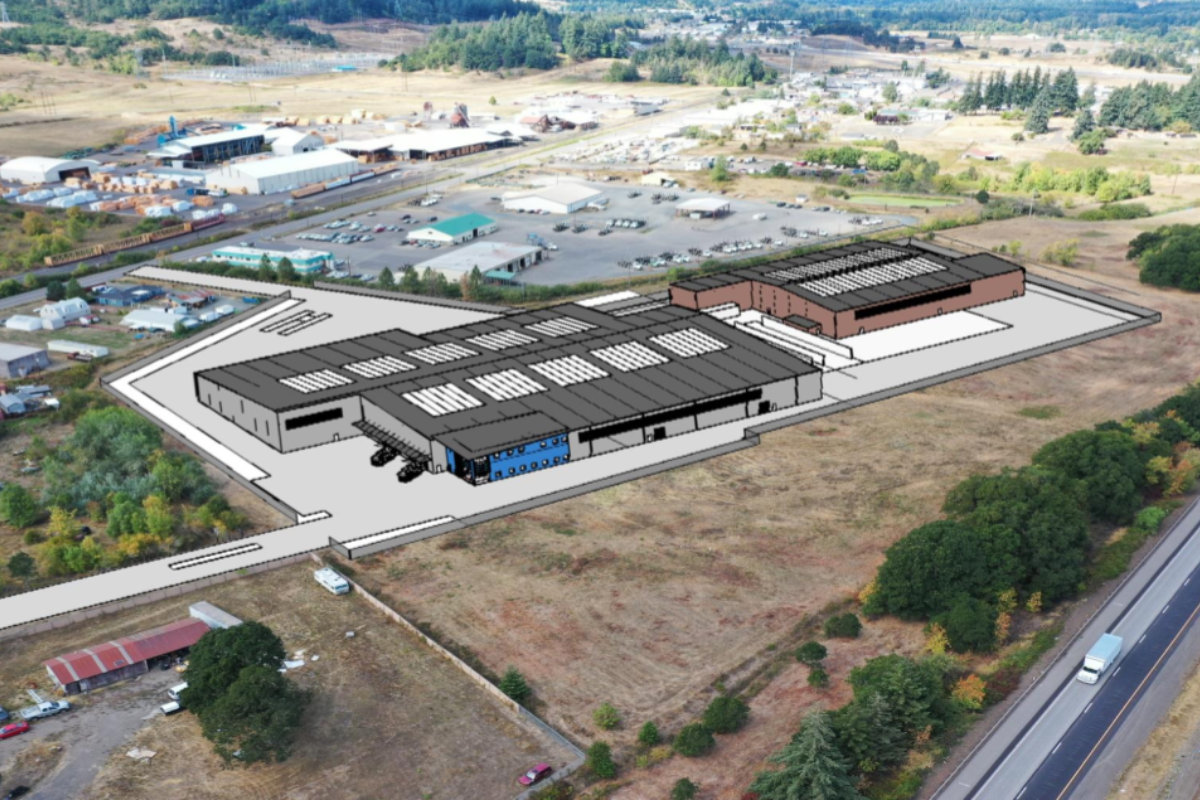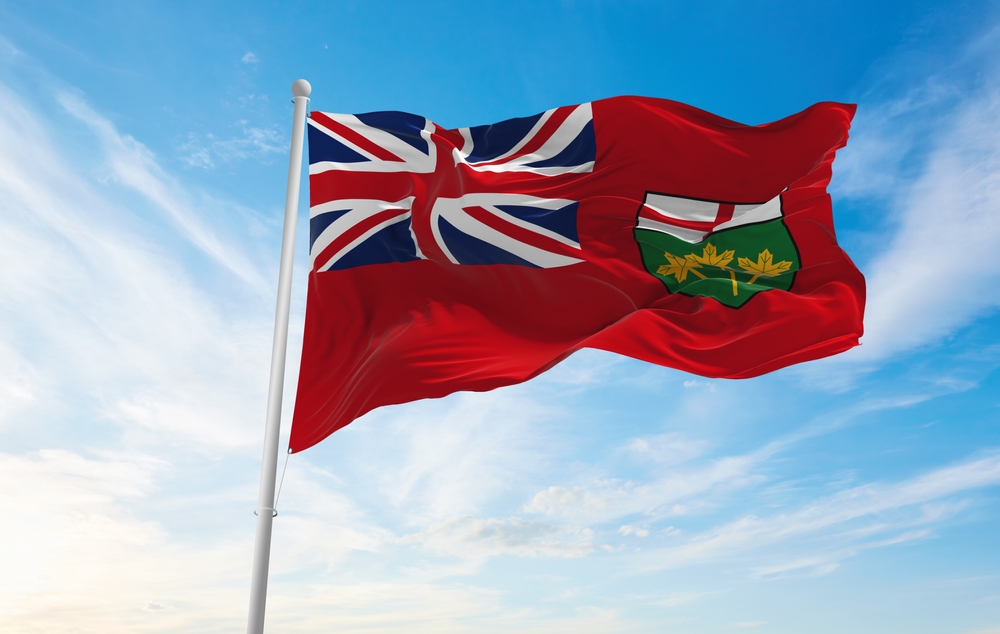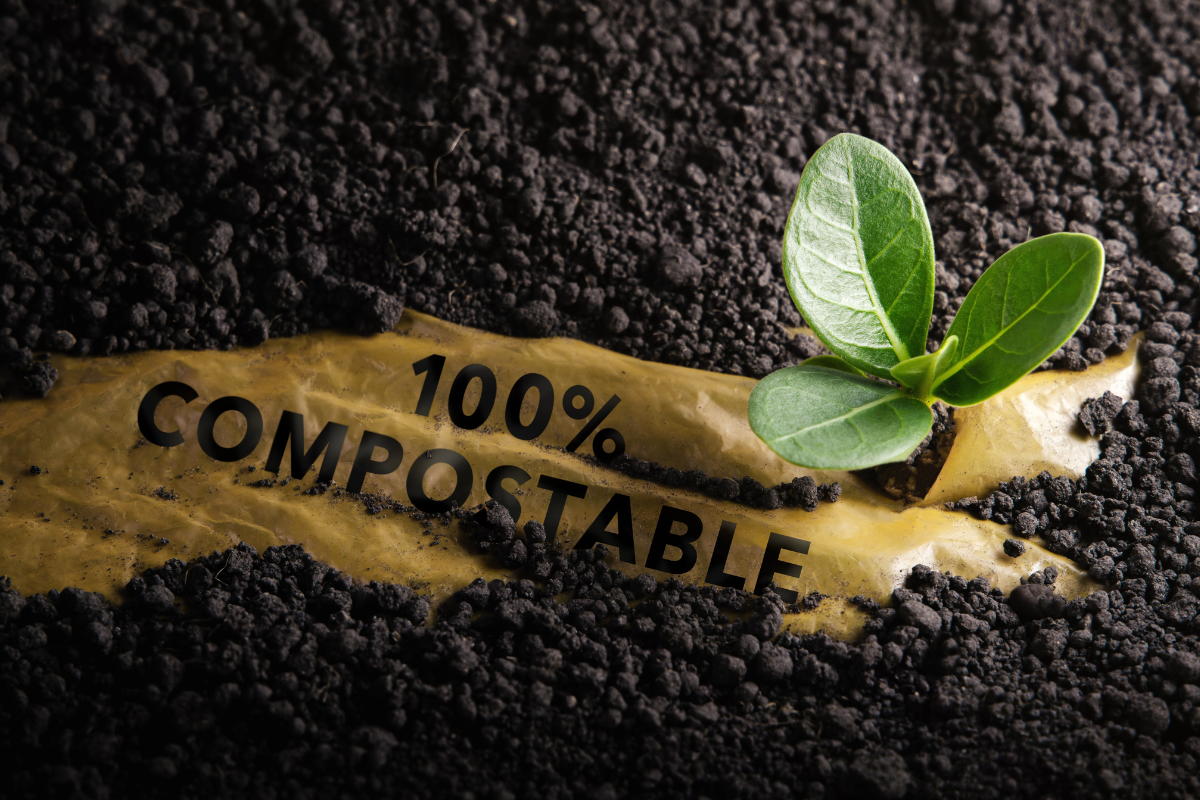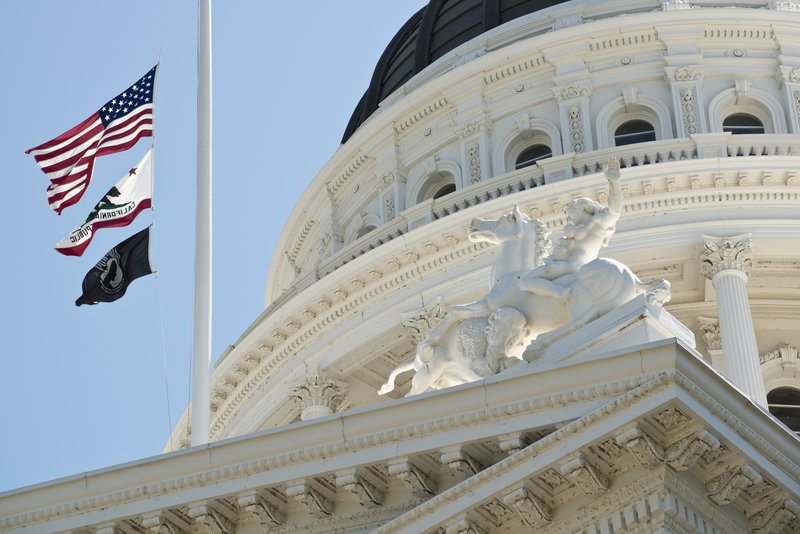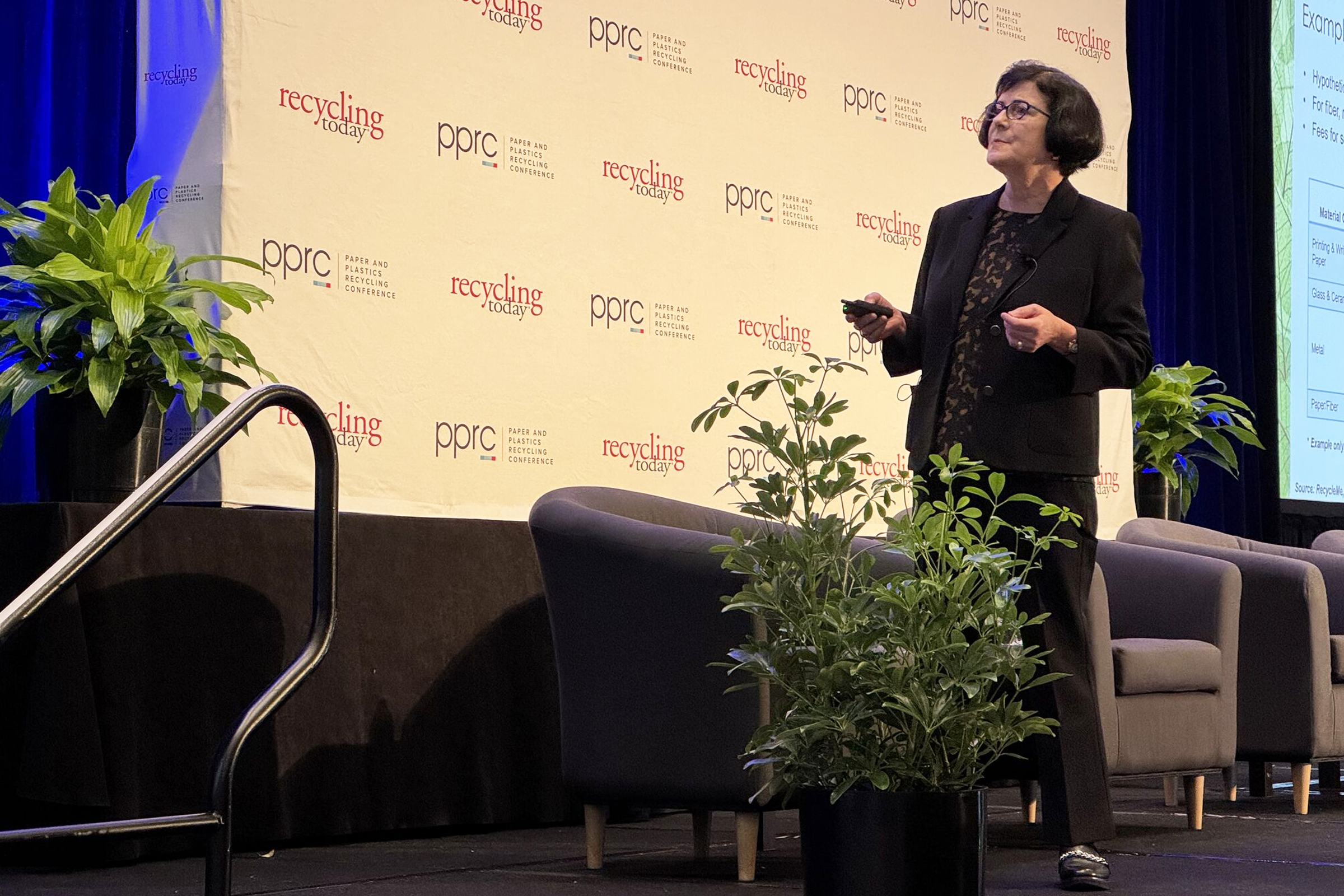
Susan Cornish told the PPRC audience that packaging EPR aims to build circularity through producer fees, stronger data and shared standards as states move to align their rules. | Courtesy Recycling Today
At the Paper and Plastics Recycling Conference in Chicago, industry leaders said extended producer responsibility (EPR) programs for packaging are changing how the US handles residential recycling, but warned that uneven state rules will slow the transition.


